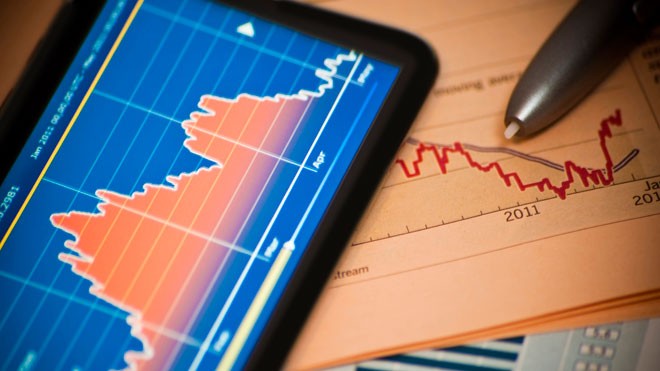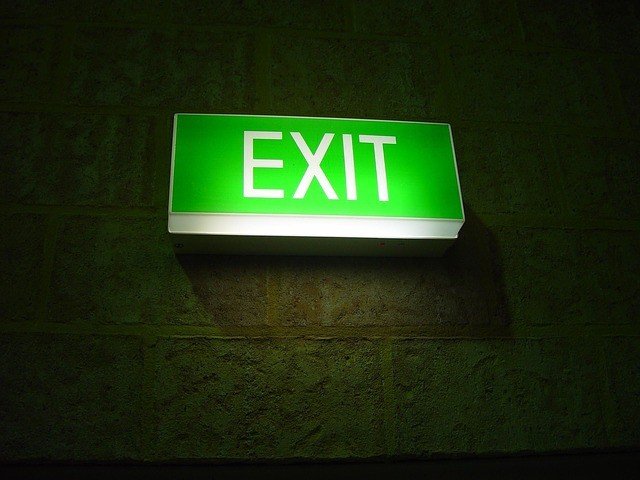Time to fire your fund manager Here s how to build your own global portfolio
Post on: 16 Март, 2015 No Comment

Posted on February 28, 2014 in Global Investing
Fee transparency is becoming very important to investors around the world, leading to massive shifts in the way we invest. We are increasingly opting for Exchange Traded Funds (ETFs) and other passive investment vehicles in our search for low costs and general exposure to market performance.
That’s according to a recent study by PriceWaterhouseCoopers, which looks at asset management industry game changers in order to predict how the investment world will have evolved by 2020. Investors, in summary, are going to be taking more control of their own retirement plans and, as they do so, pay closer attention to costs and efficiencies.
The trend of fee transparency going global will undoubtedly gain traction in South Africa and other emerging markets. These are the regions, notes PriceWaterhouseCoopers, that are going to drive an expected massive rise in the volume of investable assets from US$64 trillion to US$102 trillion by 2020.
Time to fire your fund manager? Building your own global portfolio has never been easier, writes Jackie Cameron of Biznews.com.
PwC cites, among the reasons for this shift in investor base, government incentives for individual retirement plans. We are expecting more of this in South Africa when National Treasury releases a white paper on retirement reform. That document is imminent, Minister of Finance Pravin Gordhan said when he unveiled the national budget on 26 February.
“By 2020, alternatives and passive products together will represent 35% of assets managed by the industry. The separation between alpha and beta will accelerate as investors increase their investment allocation to passive products in search of low fees and broad beta market exposure,” says PwC.
Tapping into this growing appetite for ETFs around the world is Standard Bank Webtrader. which is specifically targeting wealthier do-it-yourself investors who want to build global portfolios from South Africa. It encourages people who are new to international share investing to start off with ETFs.
This is because ETFs are relatively straight-forward, low cost and flexible. “Instead of buying a whole range of stocks, you have instant access to a basket of shares. ETFs are on the journey to becoming proficient in international trading,” says Sandesh Ganasee, a client consultant at Standard Bank Webtrader.
Investors are encouraged to become accustomed to international trading through ETFs before branching out into specific stocks or more risky options, like foreign currency trading.
There are less than 100 ETFs in South Africa, with this universe expanding to about 2 500 ETFs available on Webtrader. The global ETF market is worth about US$2 trillion, points out Ganasee.
The internet trading platform demonstrates how easy, and cost-effective, it is to build a portfolio that looks a lot like the ones being sold by unit trust companies and financial advisers for retirement planning purposes.
A rand-based fund which invests offshore can easily cost 1% of assets under management each year plus extra where a fund manager beats a performance target and a fee for your adviser. An ETF portfolio that you have assembled, on the other hand, using your foreign investment allowances costs about 0.20% of the value of your securities each year.
You can build a portfolio that includes equities and fixed interest investments using different ETFs that you hold for the long term. If you want a low risk portfolio, you might include more inflation-linked and debt-linked ETFs, while a moderate portfolio will include a bigger weighting of equity ETFs.
In other words, you can build a global portfolio oriented towards providing you with an income in retirement that will look similar to the one being offered to you by a professional fund manager – for a fraction of the price. This is assuming, of course, that you don’t want to re-weight your portfolio on a regular basis, because that will generate brokerage charges.
Tax is a consideration, too – in South Africa and elsewhere. Provided you don’t fiddle too much, you can keep your tax liabilities to a minimum.

Of course, choosing the ETFs to make up your portfolio, given the wide range, is a challenge. Standard Bank Webtrader points its clients in the direction of the big established ETF providers, like BlackRock iShares. Invesco Power Shares and WisdomTree as starting points.
Some investors might prefer a low-cost mutual fund offering that does the same thing: provides a portfolio that blends asset classes in a balanced way in order to build a nest egg for retirement. As Anthony Ginsberg of GinsGlobal Index Funds says, index mutual funds do not incur brokerage and can access the institutional share class, which is often lower than the ETF share class.
“Internationally very large pension funds such as Calpers prefer to use index mutual funds as they pay far lower fees than are offered by ETFs which cater to smaller accounts and frankly use retail pricing for the most part,” he says.
Mutual funds undoubtedly have their advantages, though it is hard to imagine it could be quite as exciting buying mutual funds as it must be to stock up on ETFs from a vibrant live share trading platform where you can see markets fluctuating day and night.
For more in this series on building your international share portfolio from South Africa, see the Biznews Global Investing section.
Also by Jackie Cameron:














